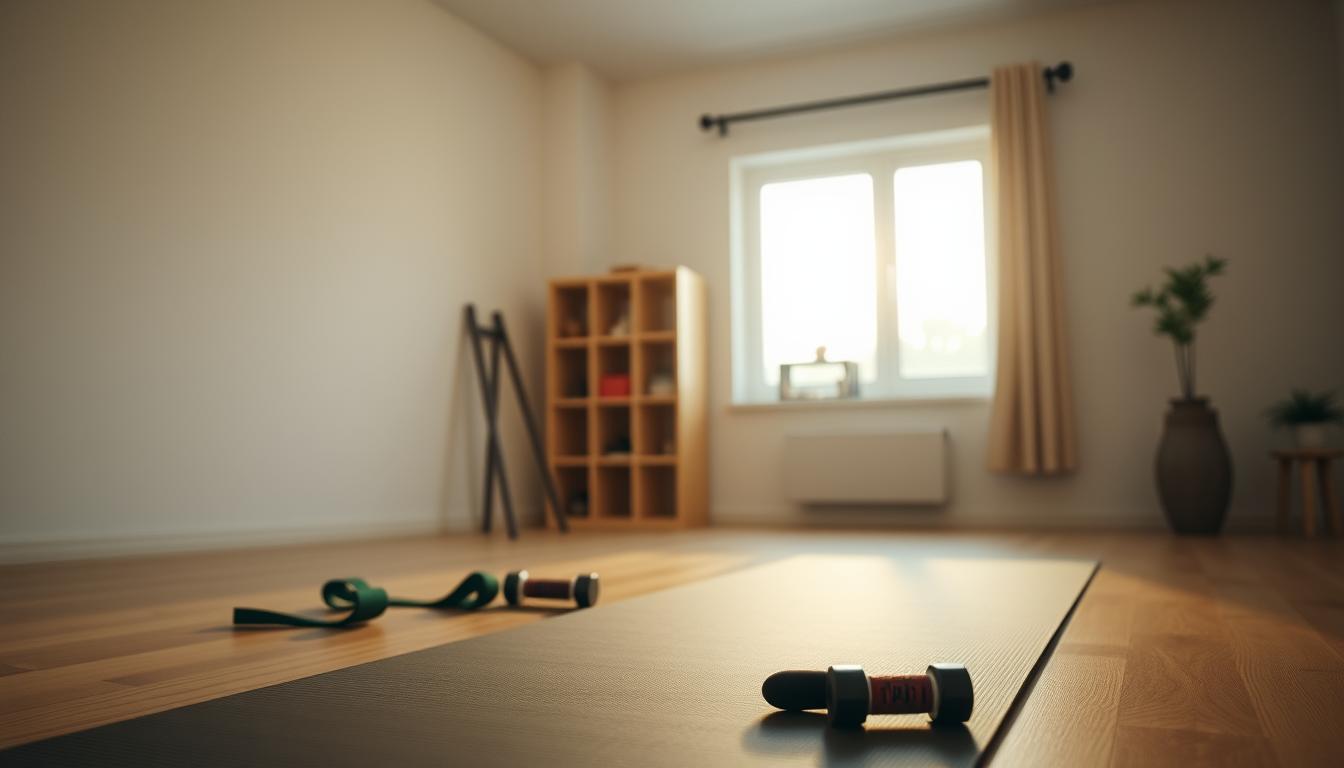Did you know that regular exercise can reduce stress and anxiety by up to 40%? This is just one of the many benefits of incorporating…
Mind-Body Fitness
pRelax and Unwind with Mind-Body Workouts
Did you know that nearly 8 in 10 Americans experience stress in their daily lives? Mind-body exercises offer a powerful solution to this widespread issue….

